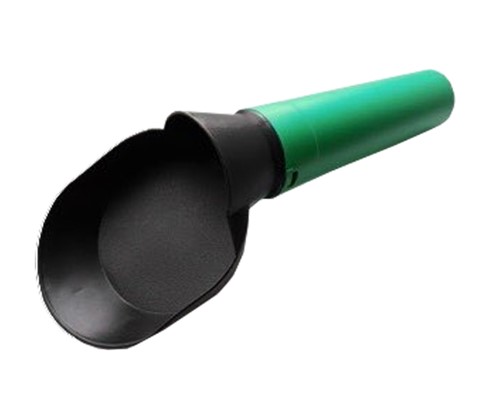Argentina's Meat Exports on Track to Break the Million-Ton Milestone

The scenario combines very strong international demand and a more competitive exchange rate, which could increase supply volumes.
Today, the biggest problem concerns production: the number of cows is declining, and although there are bulls, the industry considers them insufficient compared to the installed capacity and the scale of global demand.
CHINA remains the largest buyer. In July, it imported 240,000 tons, up 15% from a year earlier, after nine months of decline. However, this Asian giant is putting pressure on prices: on average, it pays only 10% more, while global prices have risen by 20-25%. A change in purchasing patterns—an increase in the share of processed MEAT and a decrease in the share of small cuts after the US withdrawal —partially explains this difference.
In fact, Argentina's exports increased by 16,200 tons from March to July , with 83% of this increase going to China. However, Brazil made significant progress: in July, it shipped a record 158,000 tons to the Chinese market, a figure it will repeat in August.
In November, Beijing will announce measures it will implement starting in 2026 to protect its battered domestic production. Decisions on the possible introduction of quotas or tariff increases are expected.
In addition to the Asian giant, the Israeli and European markets are growing dynamically. In the former, Argentina accounts for 44% of imports and has already exported 17% more than its 2024 target. In the latter, sales grew by 19%, although Brazil and Uruguay also significantly expanded their presence.
Nevertheless, the outlook is encouraging: Argentina's exports will reach around 830,000 tonnes this year, just 11% below the 2024 record. This figure is significant: at the beginning of the year, a decline of 25-30% was predicted.
The future looks brighter: if global demand remains strong and the DOLLAR supports it, Argentina could strengthen its position among the world's largest beef exporters.
Read together with it:
- Министерство сельского хозяйства США представило план по снижению цен на говядинуПоголовье скота в стране находится на самом низком уровне за последние 75 лет, в то время как спрос на говядину вырос на 9% за последнее десятилетие. Поскольку увеличение поголовья скота в стране требует времени, Министерство сельского хозяйства США (USDA) уже сейчас инвестирует средства, чтобы сделать эти рынки менее волатильными для скотоводов в долгосрочной перспективе и более доступными для по...
- Московская область планирует нарастить мясное производство на 25% к 2030 годуВ Московской области более 100 предприятий уже выпускают около 305,000 тонн мяса, из которых значительная доля поступает от 19 ведущих производителей свинины и мяса птицы. Также в регионе реализуются два новых инвестиционных проекта: в Можайске строится утиная ферма на 125,000 птиц, а в Ступино — овцеводческое хозяйство на 11......




























































